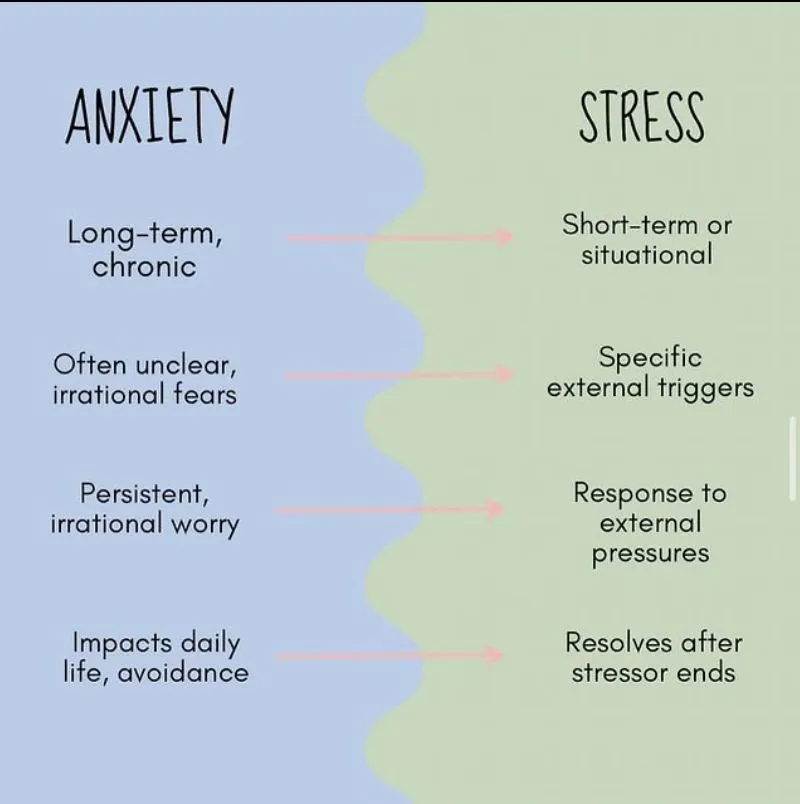Nearly 40 million people in the United States (18%) experience an anxiety disorder in any given year, yet only 36.9% of those suffering receive treatment
UCLA research shows that verbalizing emotions decreases amygdala activity and reduces emotional distress by activating the brain's language centers
31% of adults experience anxiety that interferes with daily life. Discover how talking through anxious thoughts with a non-judgmental listener can reduce symptoms by up to 40% - often more effectively than trying to manage anxiety alone.
When Your Mind Won't Stop Racing
Why Talking Through Anxiety Actually Works
Simple Ways to Get Anxiety Out of Your Head
Finding the Right Kind of Support
Building Your Anxiety Management Plan
Everyday anxiety is normal and manageable with support and coping strategies. Consider professional help if anxiety prevents you from doing activities you want to do, causes panic attacks, leads to avoiding important situations, or if you have thoughts of self-harm. You can use both emotional support AND professional help together—they work well in combination.
Talking through anxiety with supportive listeners actually reduces symptoms by helping your brain process worries instead of getting stuck in repetitive thought loops. The key is finding listeners who help you work through emotions rather than just dwelling on problems. There's a big difference between processing anxiety and ruminating about it.
This is a very common concern. Consider anonymous emotional support services where you can talk through anxiety without affecting personal relationships. You can also be direct with friends: 'I'm feeling anxious and just need someone to listen for a few minutes—I'm not looking for advice.' Most people appreciate the clarity and genuinely want to help.
Try grounding techniques like noticing 5 things you can see, 4 you can touch, 3 you can hear, 2 you can smell, and 1 you can taste. Write down your anxious thoughts as if you're telling someone about them. Remember that anxiety usually peaks and decreases within 10-20 minutes even without intervention. Plan ahead by having support contact information readily available.





